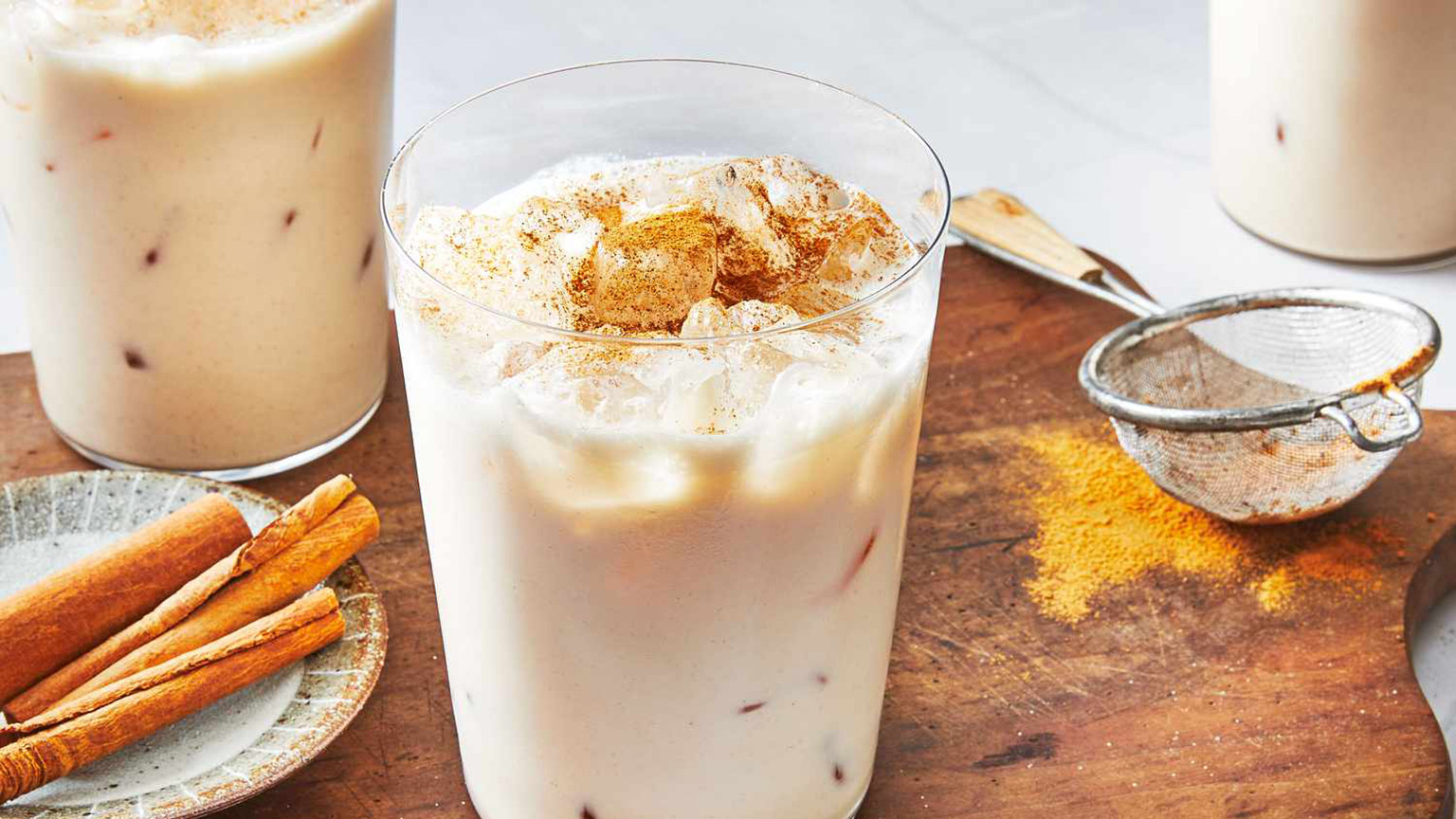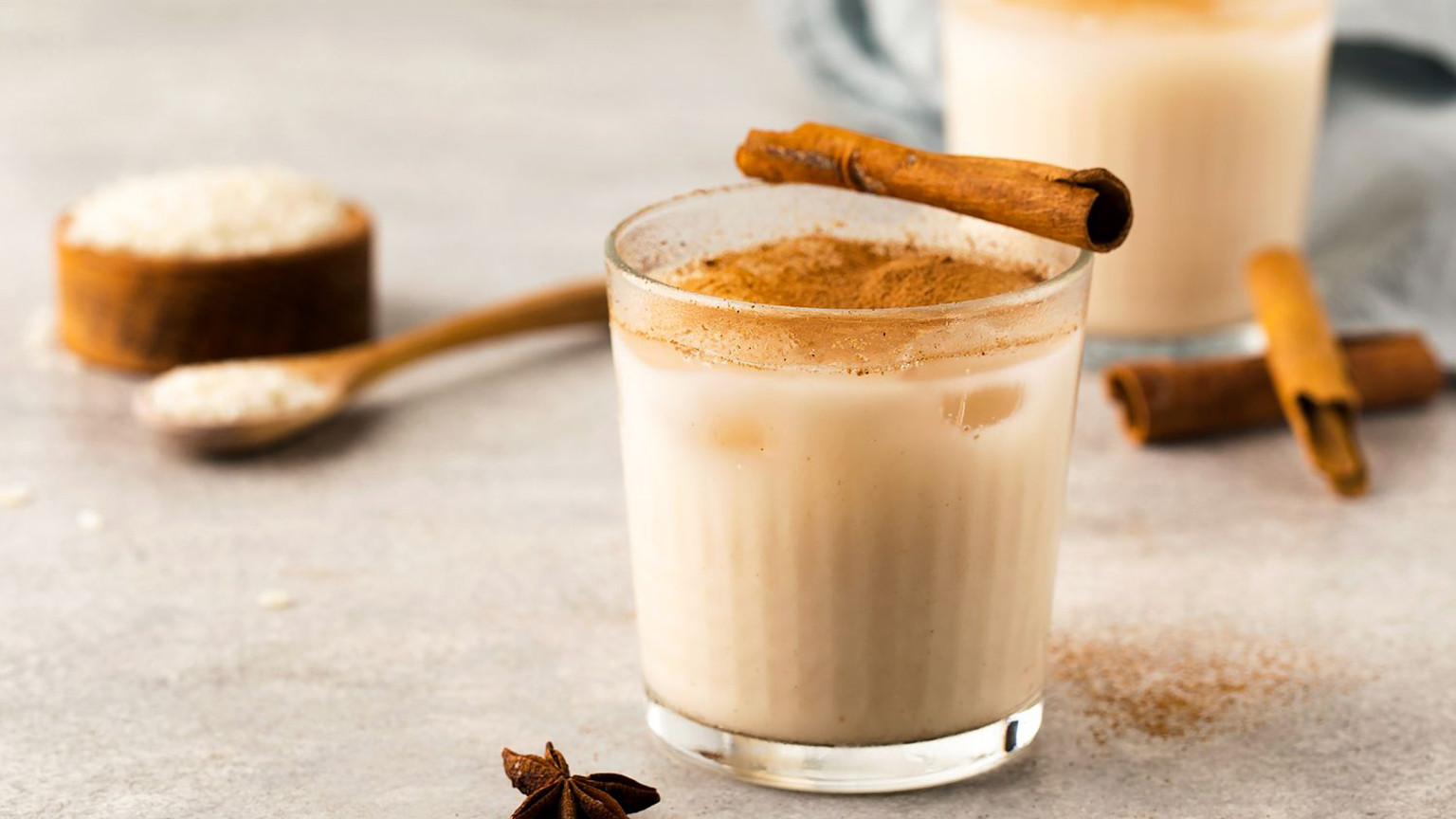Horchata milk has captured the hearts and palates of people worldwide with its creamy texture, subtle sweetness, and aromatic flavors. But what exactly is this milk drink, and what is its origin? We will explore horchata milk’s fascinating history, ingredients, preparation methods, and cultural significance.
Horchata Milk
This is custom heading element
The origins of horchata milk
Horchata milk traces its roots back to ancient civilizations, with its earliest known origins in the fertile lands of Egypt and Sudan. “horchata” is derived from the Latin word “hordeum,” meaning barley. In its earliest form, horchata was made by grinding barley and mixing it with water to create a refreshing beverage. Over time, the recipe evolved, incorporating various ingredients such as nuts, seeds, and spices, depending on the region.
While the traditional horchata milk recipe varies across different cultures, the core ingredients remain consistent. The primary components typically include rice, water, sweeteners, and flavorings. Rice is the base ingredient, providing a creamy texture and mild flavor. Sweeteners like sugar, honey, or condensed milk are added to enhance the sweetness. Flavorings such as cinnamon, vanilla, or almonds infuse the drink with delightful aromas and tastes.

Benefits of horchata milk
For a healthy heart, reduce the risk of heart disease
A healthy diet with nutritious drinks like horchata milk will help you have a healthy heart, reducing your risk of heart disease. Phytosterol (a plant sterol) present in this milk enhances the absorption of nutrients in food.
High in monounsaturated fatty acids and antioxidants like vitamins A and E, horchata milk helps the body fight off infections, helps protect blood vessels and reduces the risk of arterial disease.
Horchata milk regularly helps increase the concentration of lutein, reducing the amount of bad cholesterol and good cholesterol in the body, thereby reducing the risk of cardiovascular diseases.

Reduce the risk of diabetes
Horchata milk, made from a combination of rice, cinnamon, and dairy or a plant-based milk alternative, can be a good source of phosphorus. The presence of phosphorus and other nutrients in horchata can contribute to its potential benefits for glucose tolerance and reducing the risk of type 2 diabetes.
By providing the body with the required amount of phosphorus, horchata milk can help ensure that the conversion of proteins into amino acids occurs efficiently. This, in turn, supports the overall health and function of the body’s tissues and systems, including those involved in glucose regulation.
Beyond its role in protein metabolism, phosphorus also helps support glucose tolerance and can potentially reduce the risk of developing type 2 diabetes. Phosphorus regulates insulin secretion and cell glucose uptake, which is crucial for maintaining healthy blood sugar levels.

Rich in antioxidants
Horchata milk contains a variety of phytochemicals and antioxidants that can help neutralize these free radicals and mitigate the damaging effects of oxidation. Compounds such as carotenoids, vitamin E, and selenium are potent antioxidants found in horchata.
Oxidation is a natural process that occurs in the body, but it can also produce harmful free radicals. These free radicals can damage cells and contribute to the development of various chronic diseases if left unchecked.
Using horchata milk in the diet, individuals can help provide their bodies with a steady supply of these beneficial antioxidants. This can play a crucial role in protecting overall health and preventing the development of various diseases associated with oxidative stress.
The iron supplement helps to increase blood circulation
Horchata milk can be an excellent source of iron, especially for women more prone to iron deficiency anemia. The combination of rice, which contains iron, and the added dairy or plant-based milk provides a readily available source of this essential mineral.
Regularly incorporating horchata milk into the diet can help replenish iron stores and support the proper function of red blood cells, energy production, antioxidant synthesis, and overall immune health.
This is particularly beneficial for women with higher iron requirements due to menstruation and pregnancy. Maintaining optimal iron levels through consuming iron-rich foods and beverages like horchata milk can help prevent anemia and ensure the body’s systems function at their best.

Some types of Horchata milk produced by Nawon
Horchata milk is a captivating and delicious beverage with a rich history and cultural significance that offers a refreshing and satisfying experience for all. Why not make a batch yourself? Explore the various regional variations, experiment with different flavor combinations, and savor the delightful taste of this beloved beverage.

